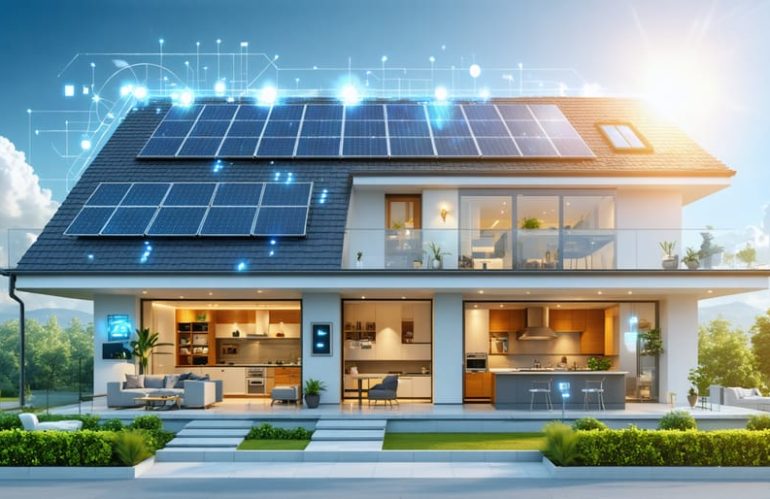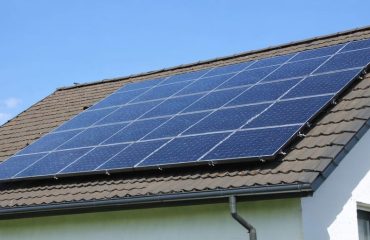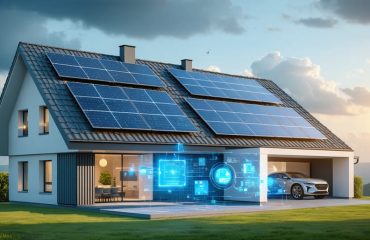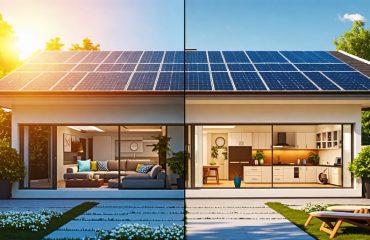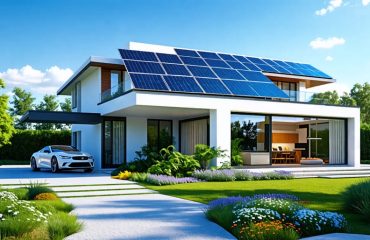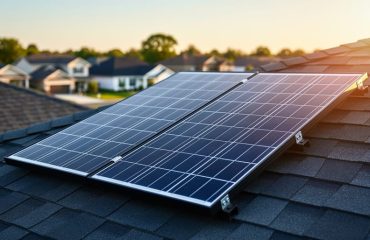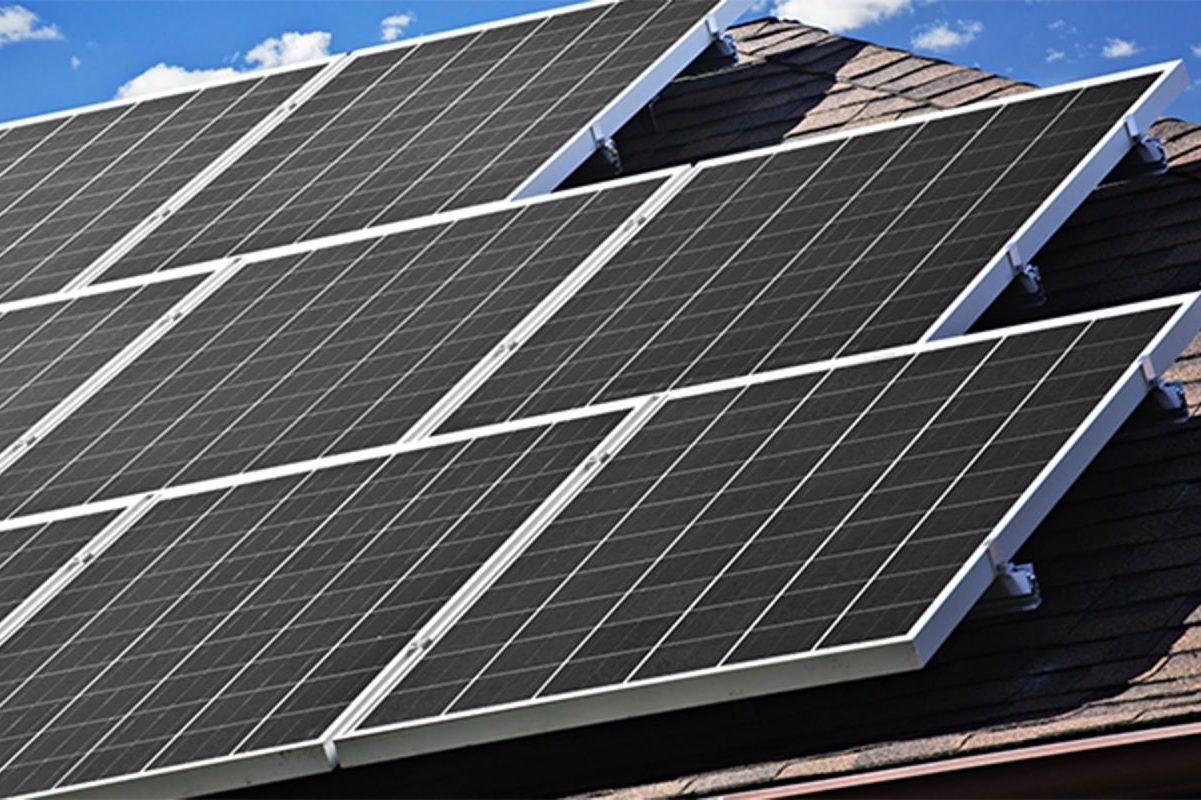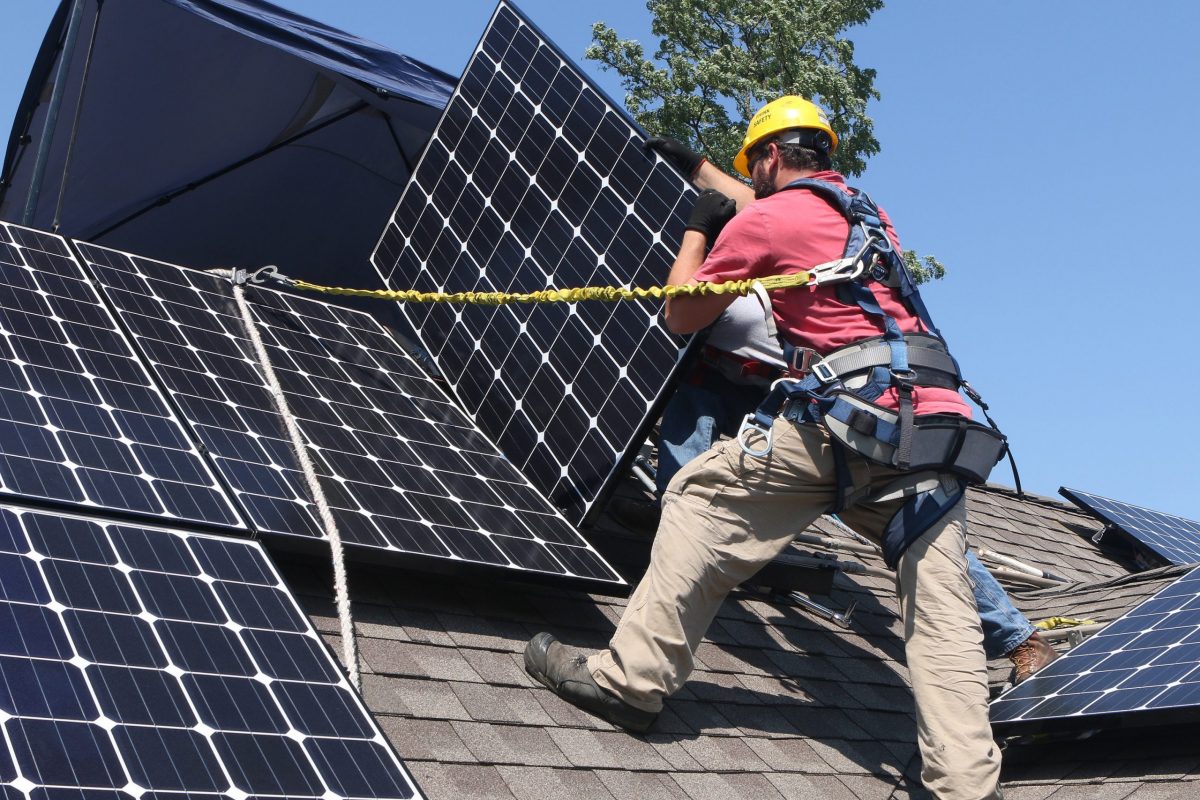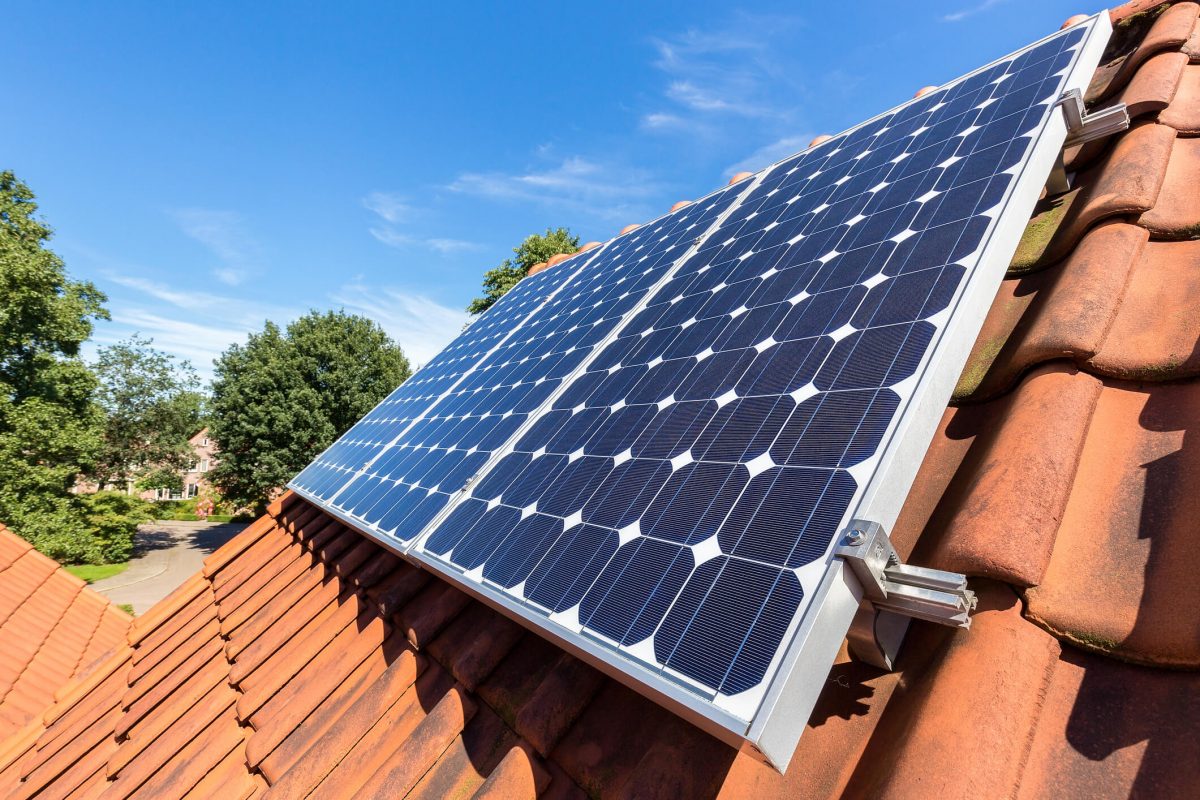Transform your home’s solar energy system with a 3-phase solar inverter, the powerhouse technology that’s revolutionizing how we harness the sun’s power. Unlike traditional single-phase inverters, these advanced systems maximize energy conversion efficiency by distributing power evenly across three separate circuits, making them ideal for larger homes and commercial properties. As electricity costs continue to rise, 3-phase inverters offer a smart solution by delivering up to 30% more power output while providing enhanced grid stability and reliability. Whether you’re upgrading an existing solar setup or planning a new installation, understanding the capabilities of 3-phase inverters could be the key to unlocking significant energy savings and achieving true energy independence. With improved performance monitoring, better voltage balance, and the ability to handle higher power loads, these modern inverters represent the future of solar power technology for demanding households.
Why 3-Phase Solar Inverters Matter for Your Home
Better Power Distribution
One of the key advantages of 3-phase solar inverters is their ability to distribute power more evenly across your home’s electrical system. Unlike single-phase inverters, which concentrate power through one circuit, 3-phase inverters spread the electrical load across three separate circuits. This balanced distribution helps maximize your solar system’s performance while reducing strain on individual circuits.
Think of it like having three lanes on a highway instead of one – traffic flows more smoothly when it’s spread out. This even distribution also means less wear and tear on your electrical system, potentially extending its lifespan. For homes with heavy-duty appliances like air conditioners or electric vehicle chargers, this balanced power delivery is particularly beneficial, ensuring stable operation and optimal energy use throughout your home.
Moreover, this efficient power distribution typically results in lower energy losses and more consistent voltage levels, which can lead to better overall system efficiency and reliability.
Enhanced System Stability
A 3-phase solar inverter significantly enhances your home’s power system stability, providing a more reliable and consistent energy supply throughout the day. Unlike single-phase systems, 3-phase inverters distribute power evenly across three separate circuits, reducing strain on any single component and minimizing the risk of system failures.
This balanced power distribution also means your home experiences fewer voltage fluctuations, which can help protect sensitive electronics and appliances. Even during periods of varying sunlight or high energy demand, 3-phase inverters maintain steady output levels, ensuring your household receives consistent power quality.
Another key advantage is the inverter’s built-in redundancy. If one phase experiences issues, the other two can continue operating, preventing complete system shutdowns. This feature is particularly valuable during critical times when you need uninterrupted power supply. The system’s improved stability also translates to longer equipment life and reduced maintenance needs, making it a reliable long-term investment for your home.
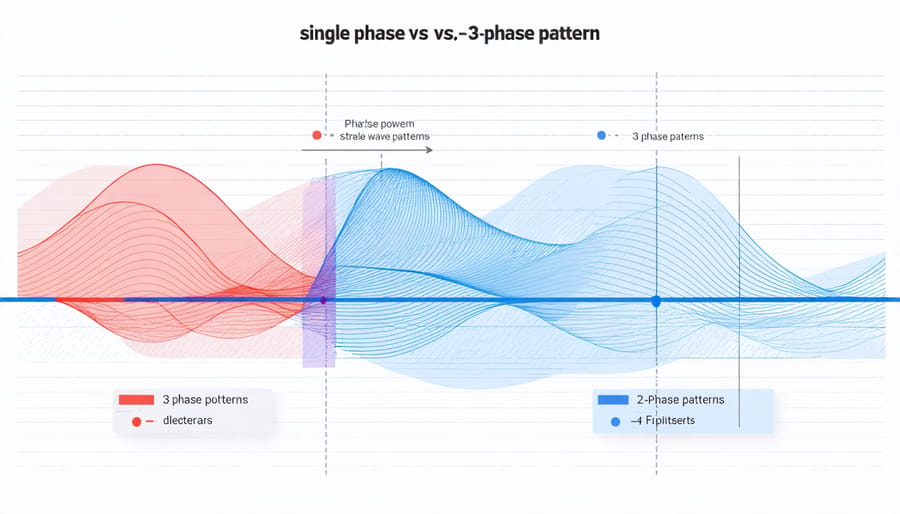
Comparing Single-Phase vs. 3-Phase Inverters
Performance Benefits
A 3-phase solar inverter delivers impressive performance benefits that make it an excellent choice for homeowners seeking maximum energy efficiency. These systems typically achieve efficiency rates of up to 98%, significantly higher than single-phase alternatives. This improved efficiency means more of your solar panels’ generated power actually makes it into your home’s electrical system.
The balanced power distribution across three phases reduces strain on the system, resulting in less wear and tear on your equipment. This leads to longer system life and fewer maintenance requirements. The steady power flow also means better voltage stability, which is particularly beneficial for running larger appliances like air conditioners and electric vehicle chargers.
Another key advantage is the inverter’s ability to handle higher power outputs more effectively. This means you can install a larger solar array without worrying about overloading your system. The improved power quality also helps protect your sensitive electronic devices from voltage fluctuations.
For homes with high energy demands, 3-phase inverters can process more power while maintaining optimal performance, making them particularly cost-effective in the long run.
Cost Considerations
While 3-phase solar inverters typically require a higher initial investment compared to single-phase alternatives, their long-term benefits often justify the cost. The average price range for a quality 3-phase inverter starts at around $2,000 and can go up to $5,000, depending on capacity and features.
However, these systems offer significant cost advantages over time. Their higher efficiency means more solar power is converted into usable electricity, potentially saving 10-15% on energy bills compared to single-phase systems. The balanced power distribution also reduces wear and tear on the equipment, leading to lower maintenance costs and a longer system lifespan.
For businesses and larger homes, the initial investment can typically be recovered within 4-6 years through reduced electricity bills and lower maintenance expenses. Many regions also offer tax incentives and rebates for installing 3-phase solar systems, which can significantly offset the upfront costs.
When calculating total costs, consider factors like installation fees, potential electrical upgrades, and warranty coverage. While the initial price may be higher, the enhanced performance and reliability make 3-phase inverters a cost-effective long-term investment for many property owners.
Is Your Home Ready for a 3-Phase Inverter?
System Requirements
To successfully install a 3-phase solar inverter, your home needs to meet specific infrastructure requirements. First and foremost, you must have three-phase power supply available at your property, which is common in many newer homes but may need to be verified in older properties. Your home’s electrical panel requirements should accommodate the inverter’s capacity, typically requiring a minimum of 200 amps.
The installation space should be well-ventilated, protected from direct sunlight, and easily accessible for maintenance. Most 3-phase inverters need about 3-4 feet of clear wall space and should be mounted in a location where the temperature remains between 14°F and 122°F (-10°C to 50°C).
Your solar array must also be properly sized to match the inverter’s specifications. For optimal performance, the total DC power from your solar panels should align with the inverter’s power rating, usually allowing for about 10-20% oversizing to account for various efficiency factors. Internet connectivity is recommended for system monitoring, though not strictly required for basic operation.
Installation Process
The installation of a 3-phase solar inverter typically takes one to two days and should always be performed by a certified electrician. The process begins with a site assessment, where professionals evaluate your existing electrical setup and determine the best location for the inverter. This is usually in a cool, dry space like a garage or utility room.
Your installer will mount the inverter on a wall, ensuring proper ventilation and accessibility for maintenance. They’ll then connect the DC cables from your solar panels to the inverter and install the AC wiring to your electrical panel. A crucial step involves setting up the proper safety disconnects and ensuring compliance with local electrical codes.
The final phase includes configuring the system settings, testing the connections, and verifying proper operation across all three phases. Your installer will also set up any monitoring systems and walk you through the basic operation and maintenance requirements. While the installation might seem complex, a professional team handles all technical aspects, making the process straightforward for homeowners.
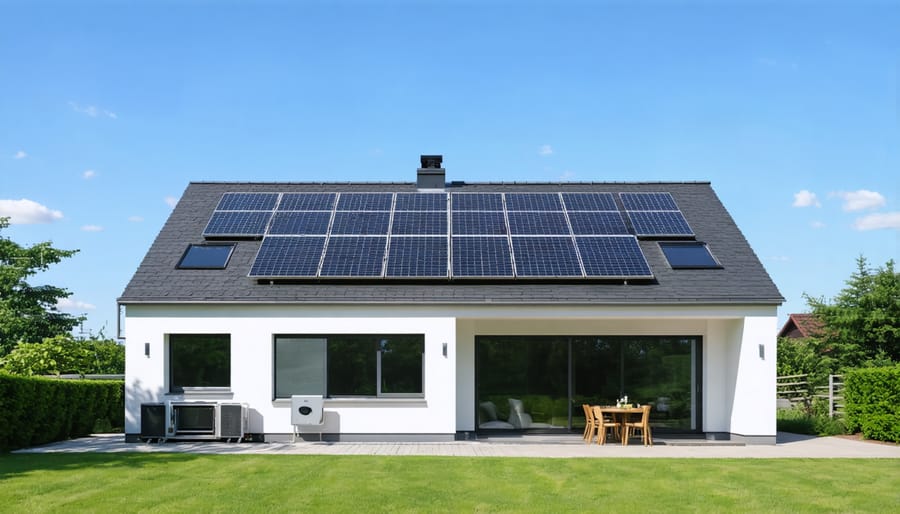
Real Benefits for Your Home
Energy Efficiency Gains
Three-phase solar inverters offer impressive energy efficiency gains that directly translate to cost savings and improved solar system performance. These systems typically achieve conversion efficiency rates of up to 98%, meaning almost all the solar energy captured is successfully converted into usable electricity. By distributing power evenly across three phases, these inverters reduce energy loss and system strain, resulting in up to 15% more power generation compared to single-phase alternatives.
The balanced power distribution also means less wear and tear on your equipment, extending its lifespan and reducing maintenance costs. For homes with high-power appliances like air conditioners or electric vehicle chargers, three-phase inverters ensure optimal power delivery without voltage fluctuations. This steady power flow not only protects your expensive appliances but also maintains consistent energy production throughout the day, even during peak usage times.
Additionally, three-phase inverters excel at handling partial shading conditions, maintaining high efficiency even when some solar panels receive less sunlight than others.
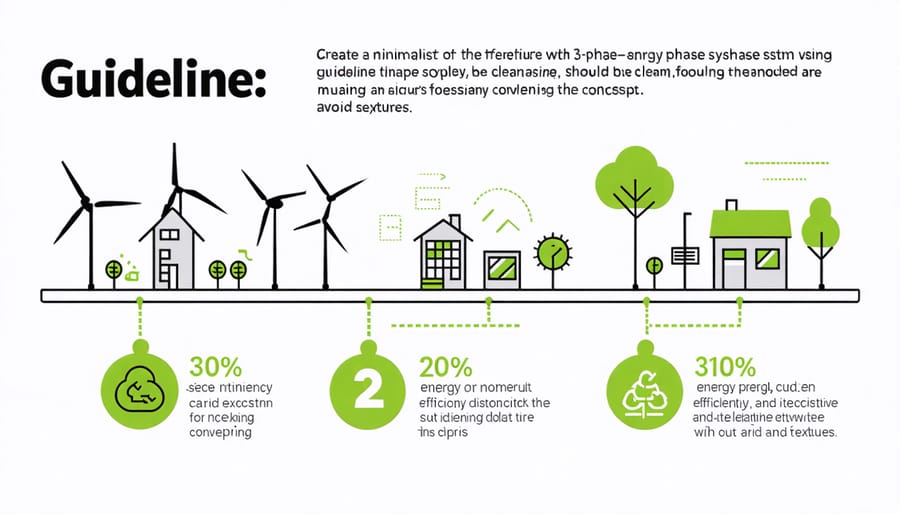
Future-Proofing Your Investment
Investing in a 3-phase solar inverter today means preparing your home for tomorrow’s energy landscape. These systems are designed to seamlessly integrate with emerging technologies, including home battery storage systems and smart energy optimization platforms. As electric vehicle adoption grows, your 3-phase inverter will be ready to handle increased power demands and faster charging capabilities.
The modular nature of these inverters allows for easy upgrades and expansions, making them adaptable to your changing energy needs. Whether you’re planning to add more solar panels, integrate a home battery system, or adopt new smart home technologies, your 3-phase inverter will remain compatible and efficient.
This forward-thinking investment also positions you favorably for potential energy market changes, such as virtual power plants and grid services programs, which could provide additional income opportunities in the future.
A 3-phase solar inverter represents a smart investment for homeowners looking to maximize their solar energy system’s efficiency and reliability. By delivering consistent power output, reducing energy losses, and supporting larger solar installations, these advanced inverters offer compelling advantages over single-phase alternatives. Whether you’re planning a new solar installation or upgrading an existing system, a 3-phase inverter could be the key to optimizing your home’s energy production and consumption.
To get started, consult with certified solar installers who can assess your home’s electrical setup and energy needs. They’ll help determine if a 3-phase inverter is the right choice for your situation and provide detailed cost estimates. Remember to check local regulations and available incentives, as many regions offer tax breaks or rebates for solar installations with advanced inverter technology.
By choosing a 3-phase inverter, you’re not just investing in your home’s energy infrastructure – you’re taking a significant step toward energy independence and environmental sustainability.

